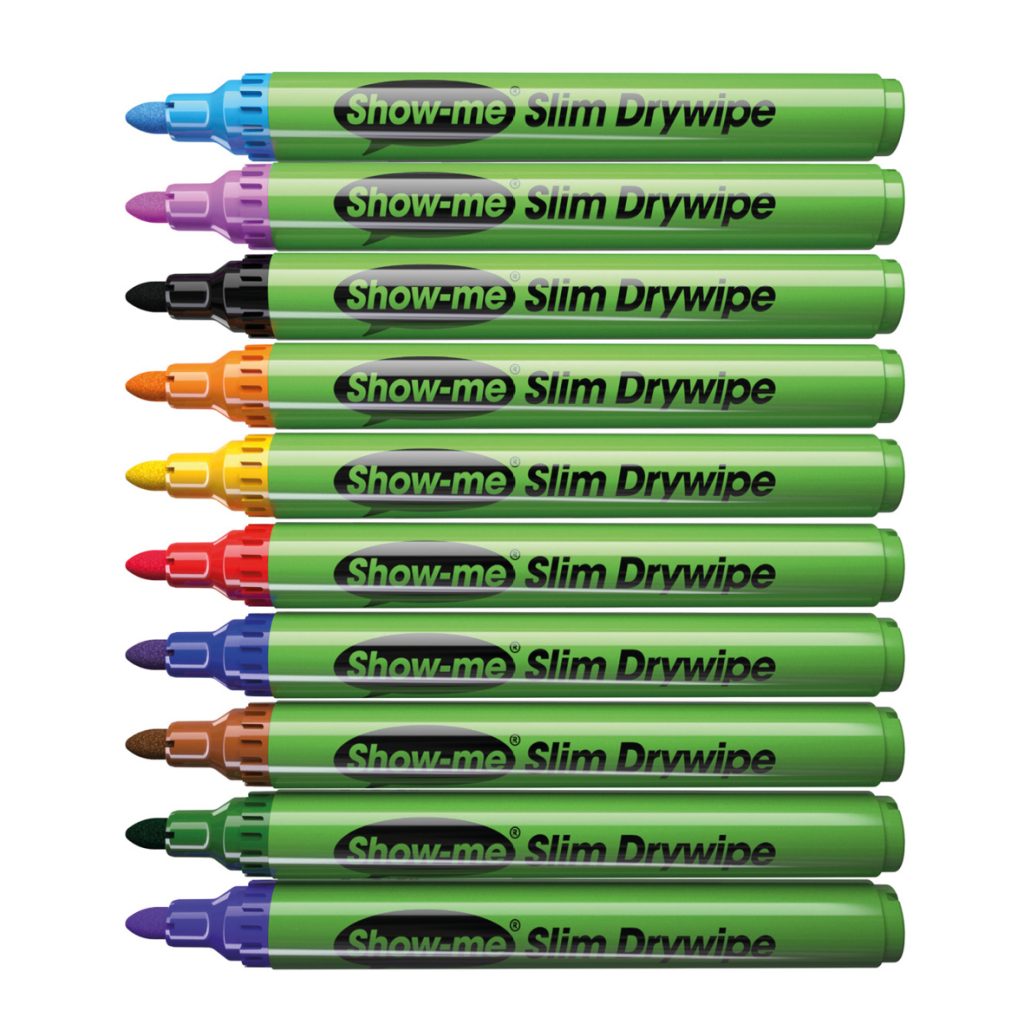Whiteboards are an invaluable resource in classrooms and offices, and thousands of us are using drywipe pens on them to communicate, collaborate and innovate every day.

There are two types of pens typically used on whiteboards; wet-erase pens and drywipe pens.
Wet-erase pens are made using water-soluble dyes and can be cleaned easily using a damp cloth, however drywipe pens are more challenging to clean. This is because the ink in drywipe pens is not water-soluble; it contains a solvent and pigments that release agents, and these tiny particles can become ‘trapped’ in clothing fibres.
If you or your child accidentally gets drywipe pen on clothing, try to remove the stain as quickly as possible, preferably before you pop the item[s] in the wash.
Not sure how to remove it? Here are three different methods you can try.
Rubbing Alcohol
- Apply a small amount of rubbing alcohol to a clean cloth and try to gently blot away the stain.
- Once the stain is removed, apply a small amount of washing up liquid and use a damp cloth to remove any remainders of the stain.
- Wash as normal and allow to air dry.

Do’s
- Work from the outside in to avoid the stain spreading.
- Keep rubbing alcohol out of reach of children and pets.
- Use rubbing alcohol in a well-ventilated area.
Don’ts:
- Wet the clothing first or apply rubbing alcohol directly as this can cause the stain to spread.
- Use a tumble dryer after trying this method – it’s better to let the clothing air dry first so you can see if the stain has been fully removed.
Rubbing alcohol works because the alcohol dissolves the colour pigments stuck in the clothing fibres, therefore removing the stain.
White Vinegar
- Follow step one of the rubbing alcohol method above.
- Fill up a clean sink or washing up bowl with water and a cup of white vinegar.
- Mix the water and white vinegar well.
- Place the clothing in the mixture and allow to soak for 15-20 mins.
- Wash as normal and allow to air dry.

Do’s:
- Wash the clothing as usual after trying this method to prevent the smell of white vinegar lingering on your clothing.
- Keep white vinegar out of reach of children and pets.
Don’ts:
- Use a tumble dryer after trying this method – it’s better to let the clothing air dry first so you can see if the stain has been fully removed.
Hand Sanitiser
- Apply hand sanitiser to the stain.
- Use a moist sponge to rub the stain until removed.
- Rinse with cold water and repeat if necessary.
- Wash as normal and allow to air dry.

Do’s:
- Cover the stain fully with hand sanitiser, but don’t saturate the clothing.
Don’ts:
- Scrub the stain excessively as this could damage the clothing.
Whilst these suggestions may work, it’s important to read the cleaning guidelines on the clothing label and avoid any harsh scrubbing or mixture of products that may cause damage.
When using these methods, it may be best to a quick ‘patch test’ before attempting to remove the stain to ensure you will not damage or discolour the clothing. Find a tiny portion of the clothing that is not usually visible and apply a very small amount of the cleaner being used to the area. Allow it to settle before checking for any changes.
To avoid additional mess, place several paper towels down on the table if you are using one to place the clothing on when cleaning. And, if you have sensitive skin, wear a pair of gloves to avoid skin irritation.

